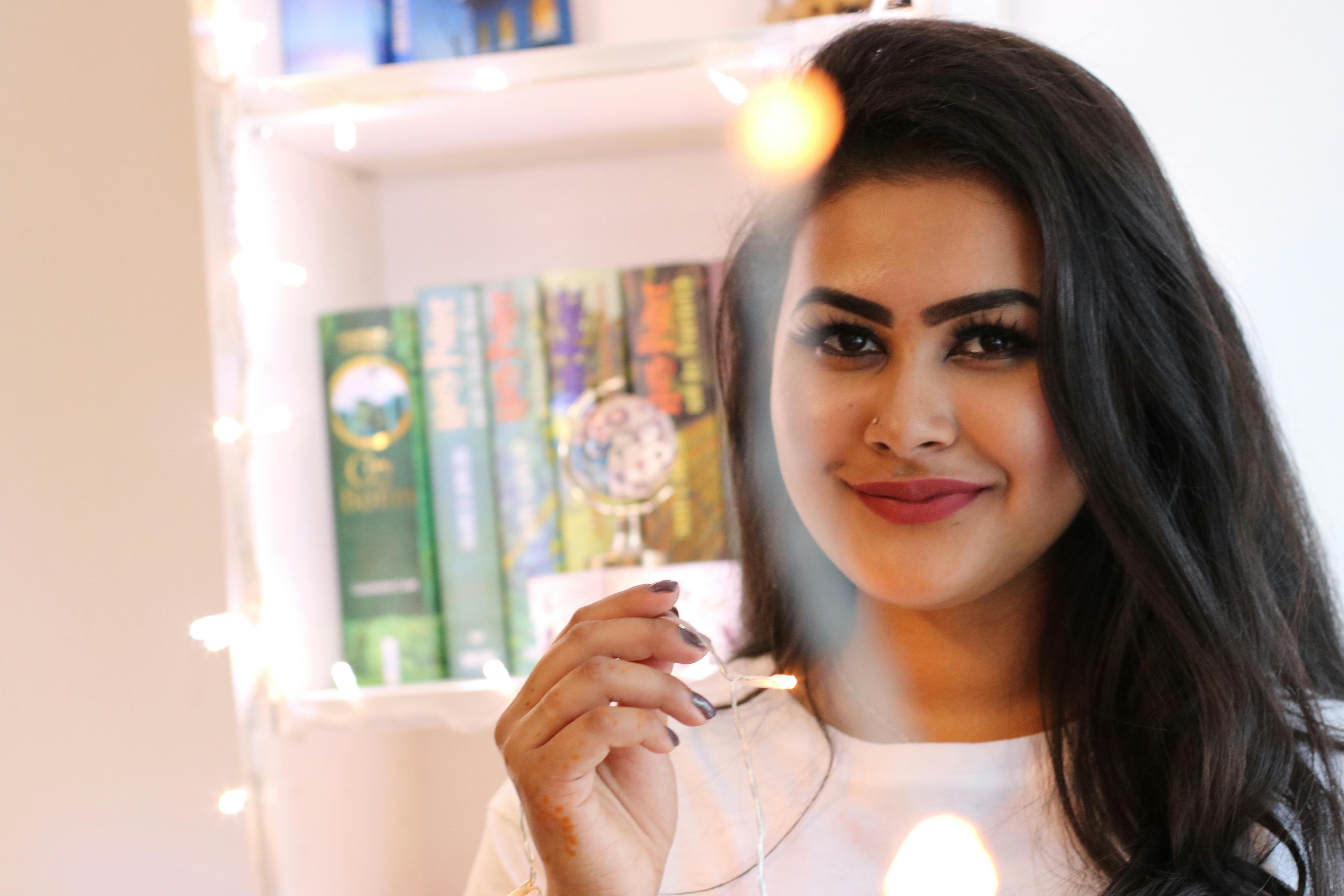Hair dye and lice seem to have no connection, but it’s been rumored in salon circles that this unusual association may work. Pediculosis or lice infestation of the hair is an irritating and embarrassing condition. There are a number of treatments for head lice. These include the use of insecticidal shampoos and hair lotions. Some are from natural insecticides like neem oil. Other preparations are more chemically based and require a prescription to dispense.
Understandably, some parents stop using these products after a few unsuccessful attempts. Products like malathion and lindane could have cumulative harmful side effects. Manual removal with a lice comb is the most effective way to remove pests, but it is time consuming and does not completely prevent reinfestation. It also does not provide lasting relief from symptoms.
Head lice treatment with hair dye stems from some parents’ exasperation at the expense of using over-the-counter formulas. Fed up with spending big bucks on lice treatment lotions and shampoos, they have turned to hunting for something or anything to relieve the itching, embarrassment and irritation. Some forums recommend such picturesque remedies as mayonnaise, vinegar and mouthwash. These inexpensive and easily accessible household staples have not been clinically tested, though some mothers swear by them.
This is an unusual remedy for killing head lice – the lice hair dye method. Hair lice patients noted that when their hair was dyed at the salon, their hair lice condition improved. Some have even proven that their hair lice have been completely eliminated. What is in hair dyes or hair coloring materials? Before synthetic coloring materials were invented, natural pigments from plants, flowers, and tree bark were used to change or accentuate hair color. Traditionally, henna, a plant extract, was used to darken hair, while chamomile was used to lighten hair. These pigments inevitably fade after a while, so more permanent additives are needed to make the colorants stick to the hair longer. This was where aniline dyes from coal tar were used for semi-permanent hair dyes and paraphenylenediamine or PPD for permanent hair dyes. In order for these ingredients to be effective, the hair must be prepped before the color is applied.
Then the use of chemicals to strip hair was introduced. The hair shaft was split using chemicals like ammonia and hydrogen peroxide. Dyes that use these ingredients are called oxidation dyes. Using more of these chemicals made the hair color lighter in less time. It is these same chemicals that are attributed to the effectiveness of hair dyes as anti-lice agents. Hair has a protein called keratin and it is this substance that hair shaft openers work on. When the hair shaft is split open, the glue that attaches the nit to the hair is also disrupted, releasing the nit in the process. No nits, no future adult lice.
Another ingredient in hair dyes that can work against hair lice is alcohol. When using home remedies in the kitchen, some women add Listerine, a high-alcohol mouthwash to boost their home formulas. Lice don’t seem to like things. Hair dyes also have a high alcohol content. Its unpleasant side effect is dryness of the hair, as it removes moisture from the hair. Perhaps it is this quality that prevents the reproduction of lice. If I were a louse, all the other polysyllabic and unpronounceable ingredients would be more than enough to get anyone out of my head.
